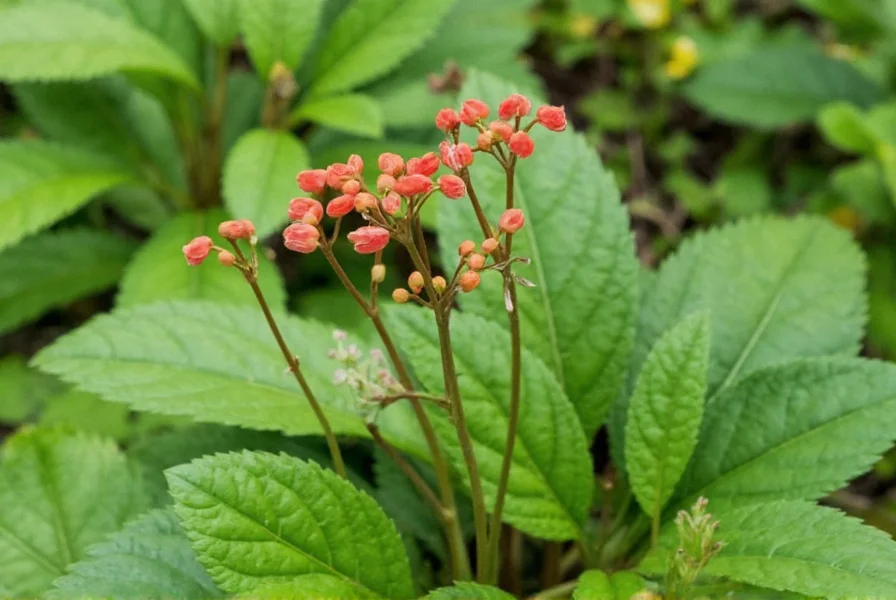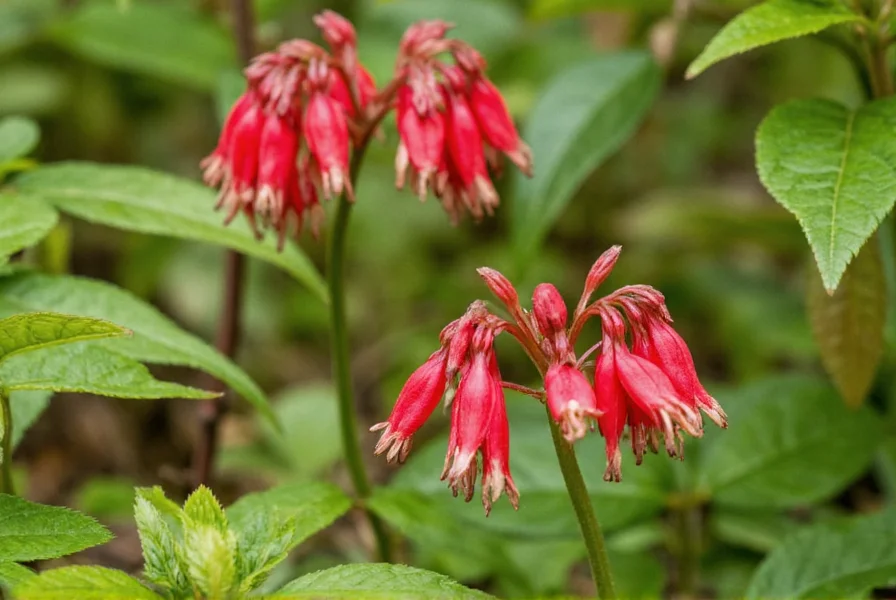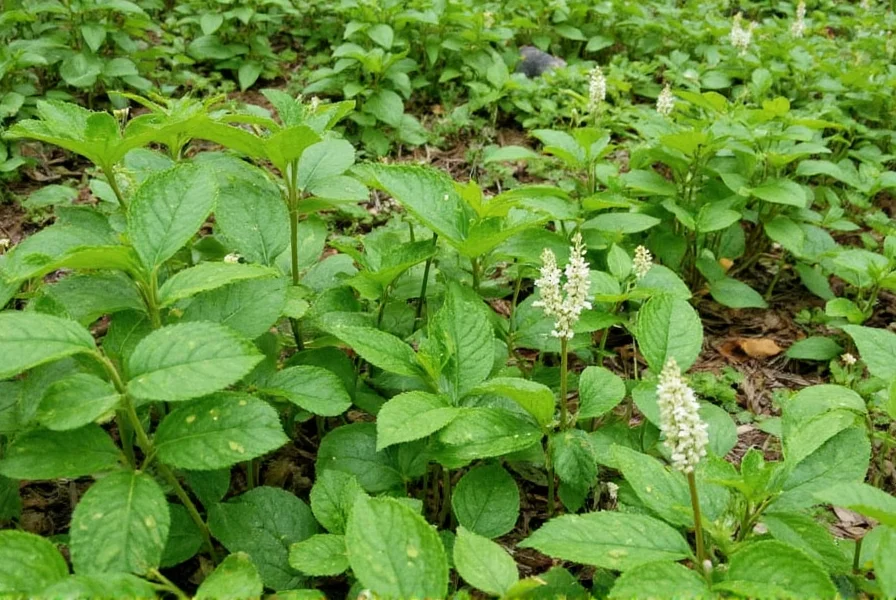For gardeners and nature enthusiasts in the Corning area, wild ginger (Asarum canadense) represents a valuable native plant option for shaded landscapes. This hardy perennial thrives in USDA hardiness zones 4-8, making it well-suited to the climate of Steuben County where Corning is located. Understanding how to identify, cultivate, and appreciate this native species can enhance both natural areas and cultivated gardens throughout the Southern Tier region of New York.
Understanding Wild Ginger in the Corning Region
Wild ginger, specifically the species Asarum canadense, grows naturally in the deciduous forests surrounding Corning, New York. This low-growing plant typically reaches 4-8 inches in height and forms dense colonies through rhizomes. The heart-shaped leaves emerge in early spring and remain attractive throughout the growing season, providing excellent ground cover in shaded areas.
One distinctive characteristic of wild ginger is its unusual flower, which appears in April or May. The maroon, cup-shaped bloom grows directly from the base of the plant, often hidden beneath the leaves. While the plant's common name suggests a ginger-like aroma, the scent is actually more reminiscent of cucumbers when the leaves are crushed.

Native Habitat and Growing Conditions
Wild ginger naturally occurs in rich, moist deciduous forests throughout the Corning area. It prefers dappled to full shade conditions similar to those found in the woodlands along the Chemung River and in nearby state parks. The plant thrives in soil with high organic matter content, consistent moisture, and a slightly acidic to neutral pH.
When considering wild ginger for gardens in the Corning region, gardeners should note these specific requirements:
| Growing Condition | Wild Ginger Requirements | Corning Area Considerations |
|---|---|---|
| Light | Full to partial shade | Ideal for north-facing slopes and under mature trees common in Corning landscapes |
| Soil | Moist, well-drained, rich in organic matter | Amend local clay soils with compost for best results |
| Maintenance | Low maintenance once established | Drought-sensitive during establishment phase |
| Hardiness | USDA Zones 4-8 | Perfectly suited to Corning's Zone 5b climate |
Identification and Differentiation
Many gardeners confuse wild ginger with culinary ginger, but these plants belong to completely different botanical families. Asarum canadense is native to eastern North America, while Zingiber officinale (culinary ginger) is tropical and cannot survive New York winters without protection.
Key identification features for wild ginger in the Corning area include:
- Heart-shaped, velvety leaves growing in pairs
- Maroon, three-lobed flowers that bloom in early spring
- Rhizomes with a mild ginger-like scent (though not suitable for culinary use)
- Colonizing growth habit through underground rhizomes
When exploring natural areas near Corning, be careful not to confuse wild ginger with other woodland plants. The similar-looking birthroot (Trillium species) has three leaves and showy flowers, while wild ginger always has two leaves per stem and inconspicuous ground-level blooms.

Cultivation Tips for Corning Gardeners
For those interested in incorporating wild ginger into their Corning-area gardens, proper planting technique is essential. The best time to plant wild ginger in upstate New York is in early spring as the plants emerge from dormancy. Space plants 12-18 inches apart to allow for spreading through rhizomes.
When establishing wild ginger in garden settings:
- Prepare planting areas with generous amounts of compost or leaf mold
- Water regularly during the first growing season
- Avoid disturbing the rhizomes once established
- Apply a light mulch of shredded leaves in fall
Wild ginger works particularly well as a ground cover beneath trees and shrubs, along woodland garden edges, or in shaded rain gardens. It pairs beautifully with other native plants common to the Corning region such as trillium, bloodroot, and ferns.
Ecological Benefits and Conservation
Wild ginger serves important ecological functions in the Corning area's natural ecosystems. The plant provides early-season nectar for native pollinators and serves as a host plant for the pipevine swallowtail butterfly. Its dense growth habit helps prevent soil erosion on shaded slopes and stream banks.
While wild ginger remains relatively common in the Corning region, responsible gardening practices are essential. Never collect wild ginger from natural areas, as this can damage fragile ecosystems. Instead, purchase plants from nurseries specializing in native species. When selecting plants, look for those propagated from local ecotypes to ensure genetic appropriateness for the Southern Tier region.
Common Misconceptions About Wild Ginger
Several misconceptions surround wild ginger in the Corning area. First, despite its name, wild ginger is not a suitable substitute for culinary ginger in cooking. While the rhizomes have a mild ginger-like scent, they contain aristolochic acids which can be harmful if consumed in quantity.
Another common misunderstanding involves the plant's growth rate. While wild ginger does spread through rhizomes, it's not invasive in its native range. In garden settings, it forms attractive colonies without becoming problematic, unlike some non-native ground covers popular in Corning landscapes.
Frequently Asked Questions
Is wild ginger the same as culinary ginger in Corning gardens?
No, wild ginger (Asarum canadense) is completely different from culinary ginger (Zingiber officinale). Wild ginger is a native North American woodland plant that cannot survive New York winters like tropical culinary ginger. While wild ginger rhizomes have a mild ginger-like scent, they contain compounds that make them unsuitable for culinary use.
Can I grow wild ginger in my Corning, NY garden?
Yes, wild ginger grows well in Corning gardens that provide the right conditions. It thrives in USDA Zone 5b (Corning's hardiness zone) in moist, shaded areas with rich soil. Plant it in woodland gardens, under trees, or in shaded borders where it will form attractive ground cover. Avoid full sun and dry conditions, which will stress the plants.
Where can I find wild ginger naturally growing near Corning?
Wild ginger grows naturally in moist deciduous forests throughout the Corning area, particularly in shaded areas along streams and on north-facing slopes. You can find it in local parks and natural areas including the Rockwell Museum grounds, along the Chemung River trails, and in nearby state forests. Look for its distinctive heart-shaped leaves in shaded woodland settings.
How do I properly care for wild ginger in upstate New York?
Wild ginger requires minimal care once established in suitable conditions. Keep soil consistently moist but not waterlogged, especially during the first growing season. Apply a light mulch of shredded leaves in fall to protect roots. Avoid disturbing the rhizomes, as they are shallow and fragile. Wild ginger doesn't require fertilization when grown in soil amended with organic matter.











 浙公网安备
33010002000092号
浙公网安备
33010002000092号 浙B2-20120091-4
浙B2-20120091-4